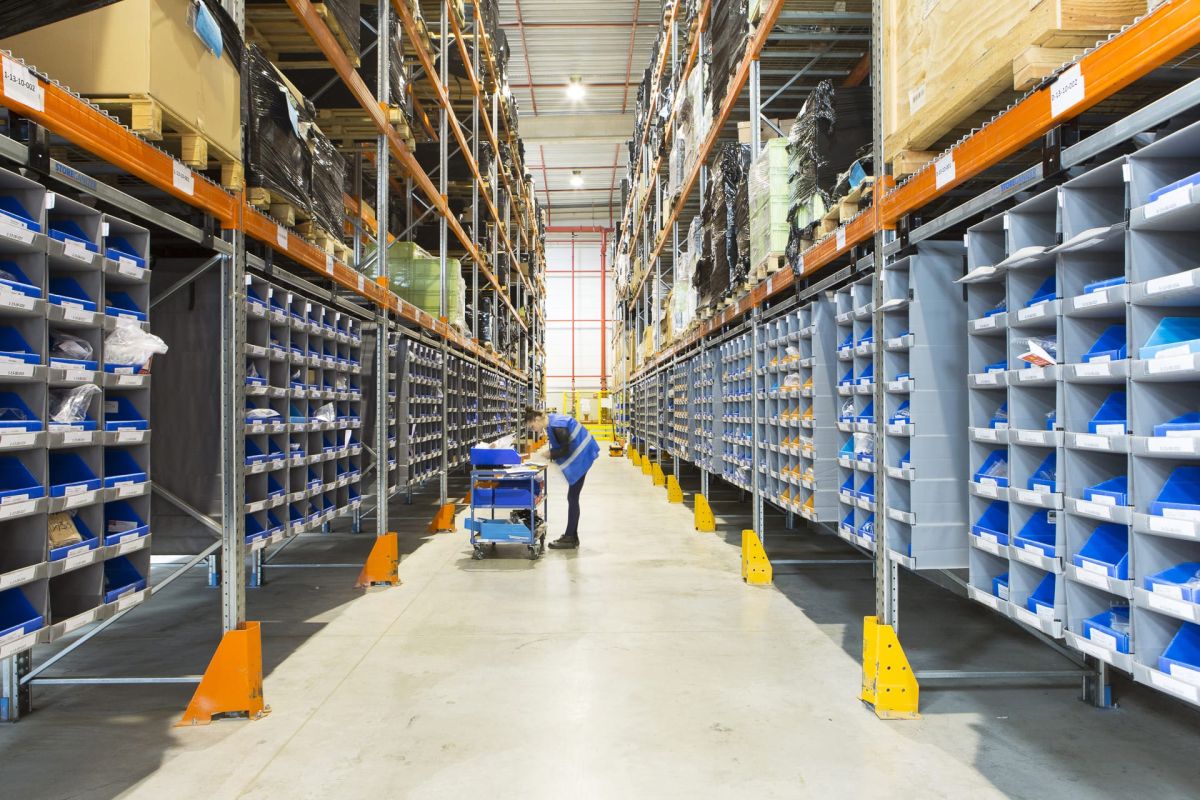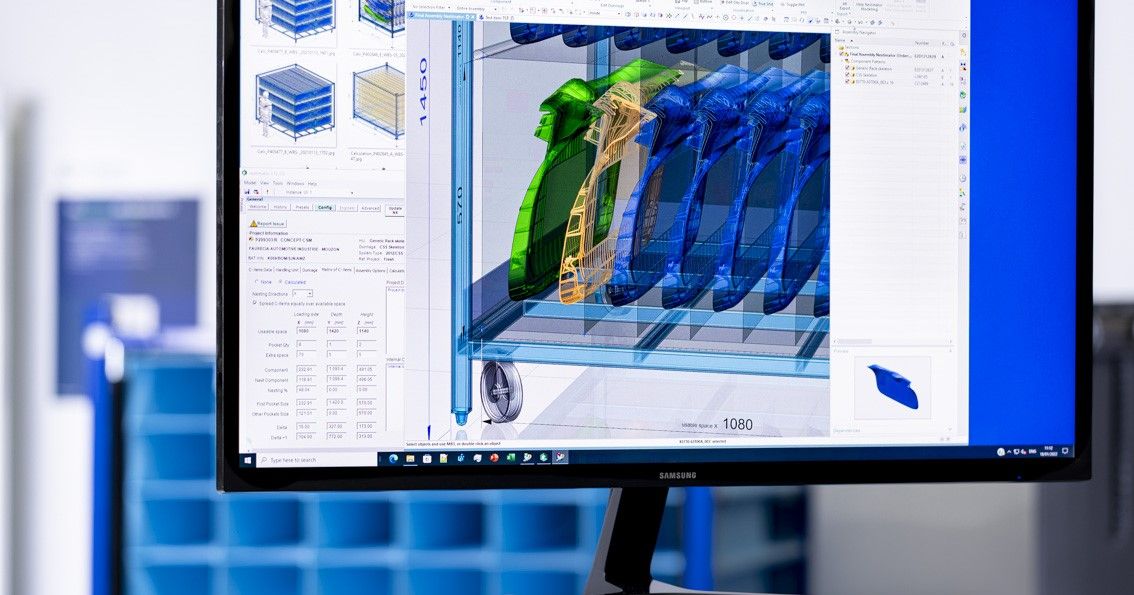Cookie notice
This websites uses analytical cookies. These are only placed as soon as you agree to them.
Saving space
Through smarter packaging & storage we are committed to efficiency, resulting in space optimization. We enhance nesting and packaging density.

Through smarter packaging & storage we are committed to efficiency, resulting in space optimization. When developing packaging or storage solutions, we prioritize warehouse space, minimizing transport volume and reducing our environmental footprint. Through our 5R principle in returnable packaging, we enhance nesting and packaging density, enabling a 1:4 return ratio during product transportation. This, in turn, results in a remarkable 75% reduction in transport. With our high-density storage system, we achieve a 40% reduction in carbon footprint, saving an average of 40% space.
By optimal nesting of our packaging, we increase its density, resulting in reduced spatial occupancy within buildings. According to the United Nations*, the construction of buildings and its operations account for nearly 40% of the world’s annual CO2 emissions. We know that a simultaneous increase in density leads to a reduction in packaging volume, subsequently lowering transportation expenses. Therefore, optimal nesting not only amplifies density and reduces spatial requirements, but also decreases costs, ultimately leading to a significant positive influence on the carbon footprint.

Efficient nesting through our Nestimator IT tool maximizes space utilization. This agile architect guarantees the most optimal packaging solution, achieving maximum nesting and higher density. This reduces transport, handling, warehousing, the total cost of ownership, and the carbon footprint.
Get in touch
We have regional representatives available to assist you in your area. Select your location, and you’ll see a list of all representatives specialized in your region.